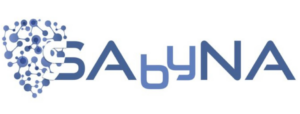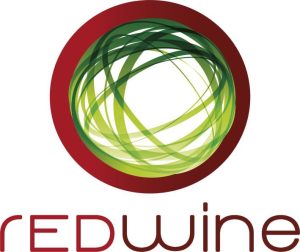The VIBES project presents an innovative solution to end-of-life problems of thermosetting compounds based on the development of a new green technology focused on the separation and controlled recovery of the components of the materials through the development of bio-based materials (BBM) degradable to measure.
BBMs are biologically based chemicals that decompose under certain external stimuli (temperature, UV rays or electrical impulses), allowing separation between the matrix and the reinforcement. The VIBES project will contribute directly to achieving the SIRA targets in KPI1, KPI2, KPI5 and KPI8 and to demonstrating the solution by reducing the amount of non-biodegradable polymers sent to waste or discharged into the environment by at least 40%.




This project has received funding from Bio Based Industries Joint Undertaking (JU) under grant agreement No 101023190. The JU receives support from the European Union’s Horizon 2020 research and innovation programme and the Bio-based Industries Consortium.
Plastic waste last for a long time on our planet because it takes centuries to decompose. Endocrine disruptions and contamination of soil, air and water are just some of the adverse effects of plastic waste on public health and the environment.
Yet 70% of the plastic waste collected in Europe is sent to landfill or incinerated. The overall objective of the SURPASS project is to lead the transition towards safer, sustainable and recyclable polymer materials by design (SSRbD). The SURPASS consortium, made up of 14 partners including technology and research centres and industries, will be responsible for:
1. Developing SSRbD alternatives without potentially hazardous additives through industry-relevant case studies
2. Optimising reprocessing technologies tailored to new SSRbD systems to support the achievement of ambitious recyclability goals.
3. Developing a scorecard-based assessment to guide material designers, formulators, and recyclers in designing SSRbD polymeric materials.
4. Gather all the data and methodologies in an open digital infrastructure, offering an easily accessible interface.
SURPASS will target its results, in particular, at SMEs, which account for more than 99% of enterprises, and therefore have a great potential to contribute to the transition to the green economy.




Funded by the European Union. The views and opinions expressed belong only to the authors and do not necessarily reflect those of the European Union or the European Health and Digital Executive Agency (HADEA). Neither the European Union nor the granting authority can be held responsible for them.
The SAbyna The SAbyNA project will develop an online platform that helps manage risks associated with human and environmental safety, nanomaterials and nanotechnological products for industry throughout the product life cycle. The platform will provide the industry with clear and design-safe solutions to minimise risks in the innovation process of nanomaterial and nanoproduct development as quickly as possible, integrating all currently available resources (methods, models, frameworks, and tools) to ,reduce complexity and costs.
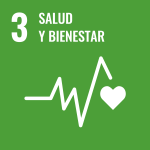





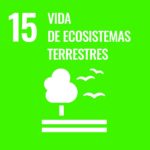

This project has received funding from the European Union’s Horizon 2020 Research and Innovation Programme under grant agreement No. 862419
ILIAD

ILIAD builds on the assets resulting from two decades of investment in policies and infrastructure for the blue economy and aims to establish an interoperable, dataintensive, and cost-effective Digital Twin of the Ocean (DTO). It takes advantage of the explosion of new data mprovided by many different terrestrial sources, advanced computing infrastructures (cloud computing, HPC, Internet of Things, Big Data, social media and more) in an inclusive, virtual/augmented, and engaging way to address all Earth Data challenges. It will contribute to a sustainable ocean economy as defined by the Centre for the Fourth Industrial Revolution and the Ocean, a centre for global multistakeholder cooperation. ILIAD’s DTO will merge a large volume of diverse data into a semantically rich, agnostic data approach to enable simultaneous communication with real-world systems and ,models. Ontologies and a standard style-layered descriptor will facilitate semantic information and intuitive discovery of underlying information and knowledge to provide a seamless experience. The combination of geo-visualisation, immersive visualisation, and virtual or augmented reality allows users to interactively explore, synthesise, present, and analyse underlying geospatial data. The enabling technology of ILIAD DTO will contribute to the implementation of the Green Agreement and the EU Digital Strategy and the achievement of the outcomes of the UN Decade of the Oceans and the Sustainable Development Goals. To realise its potential, ILIAD DTO will follow the Systems of System approach, integrating all existing digital Earth modelling and Earth observation infrastructures and facilities in the EU. To promote additional applications through ILIAD DTO, partners will create the ILIAD Marketplace. Vendors will use the ILIAD Marketplace like an app store to distribute applications, add-ons, interfaces, raw data, citizen science data, synthesised information, and value-added services derived from ILIAD DTO.



This project has received funding from the European Union’s Horizon 2020 research and innovation programme under grant agreement no. 101037643. This publication reflects the views of the author only and the European Union is not responsible for any use that may be made of the information contained therein
Motivated by the urgent need to mitigate climate change and, in particular, to reduce greenhouse gas emissions from food value chains, REDWine focuses on the use of biogenic carbon dioxide (CO2) from the wine fermentation process for the production and recovery of microalgae biomass. The strong synergy between bio- industries will make REDWine’s innovative circular business model possible, as it will allow wine producers to effectively treat their liquid and gaseous effluents, while cost-effectively diversifying their revenues by valorising Chlorella’s biomass into multiple high-value ingredients.





This project has received funding from Bio Based Industries Joint Undertaking (JU) under grant agreement No 101023567. The JU receives support from the European Union’s Horizon 2020 research and innovation programme and the Bio-based Industries Consortium.
This is a research project, coordinated by Leitat and funded by the European Union, which aims to generate ecological hydrogen using only solar energy, the water that is abundant on Earth, biomass, and non-critical raw materials. The central pillar is the creation of a pioneering hydrogen production process that does not use or produce CO₂ or methane, which are harmful to the environment. As a
result, the GH2 project could play an important role in reducing the emissions generated during the hydrogen production process.








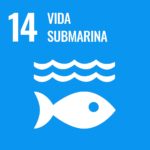


This project has received funding from the European Union Horizon Europe Research and Innovation Programme under grant agreement No. 101070721
SESA

Applied in nine African countries, the European SESA project will develop and test solutions to accelerate the green transition and access to energy in Africa. It will explore innovative technologies and services in urban and rural environments, support their implementation and deepen the technical, financial, and political aspects.
Specifically, SESA will co-develop innovations with local partners. The first phase will begin in Kenya, where solutions include the use of water reservoirs on Lake Victoria to produce biogas. In a second phase, SESA will test energy solutions in Ghana, Malawi, Morocco, and South Africa. The results, included in a scalable toolbox for advanced deployment and management strategies will facilitate the applicability and replicability of technologies.





This project has received funding from the European Union’s Horizon 2020 research and innovation programme under grant agreement no. 101037141. This publication reflects the views of the author only and the European Union is not responsible for any use that may be made of the information contained therein.
The main objective of BATRAW is to develop and demonstrate two innovative pilot systems for the sustainable recycling and management of EV batteries, domestic batteries and battery waste that contribute to the generation of secondary flows of strategically important raw materials and critical raw materials. The first pilot will offer innovative technologies and processes for dismantling battery packs that will achieve the recovery of 95% of the components of the battery pack by separating waste streams, including cells and modules, by means of semiautomated processes for recycling.





Funded by the European Union. The views and opinions expressed belong only to the authors and do not necessarily reflect those of the European Union or the European Health and Digital Executive Agency (HADEA). Neither the European Union nor the granting authority can be held responsible for them.
The general objective of OXIPRO is the research of new enzymes, especially oxidoreductases, and their application to create environmentally friendly consumer products.
Applying cutting-edge technologies such as bioinformatics and biotechnology, OXIPRO investigates new sustainable and efficient production processes for consumer products that will benefit the environment and also consumers, industry, researchers and society in general. OXIPRO will enable the production of more environmentally friendly sunscreens, textiles, nutraceuticals, and detergents, contributing to the sustainability and global competitiveness of the bioeconomy at a European level.




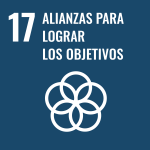

This project has received funding from the European Union’s Horizon 2020 Research and Innovation Programme under grant agreement 101000607
The NINFA project aims to develop a holistic aquifer control strategy based on a decision-making system (DSS) and a knowledge platform (NINFA platform) that will feed on the results of the monitoring, prevention and reduction modelling technologies applied to the project.
Specifically, NINFA generates a series of innovative and cost-effective monitoring, modelling, and treatment solutions, taking into account several pollutants: nutrients (Nitrates, phosphates), pesticides, salinity, emerging contaminants (CEC), low antibiotic resistance (ARG) and microplastics (MP). It also considers the synergistic effects in relation to stressors derived from climate and global changes, with the aim of preventing the pollution of aquifers, protecting their quality, and improving their resilience.




This project has received funding from the European Union Horizon Europe Research and Innovation Programme under grant agreement No. 101081865
BIOPATA
The general objective of the BioApta project is to study a panel of biomarkers associated with ischemic damage in general and AIS in particular as a tool for stratifying patients to customise the therapeutic strategy. It will be based on the analysis of biological samples from animal studies and subsequent confirmation in human clinical samples in order to achieve a better characterisation of the mechanism of action of ApTOLL, a better stratification of patients and, with this, the possibility of personalised treatment for patients with AISAIS.


Funded by: Centre for Industrial Technological Development (CDTI)

SOLAR BRICK

The “Solar Fabric” Flexbrick is an architectural structure that will increase the energy self-sufficiency of buildings. The challenge of the project is to achieve a “Brick Solar” Flexbrick (“BSF”) that facilitates power generation and that is easy to install within a mesh of similar devices. Two important issues in the construction sector will be addressed throughout the project. The aim is to enhance the design of the “BSF”, both in engineering and architectural terms, to make it extremely energy-efficient and capable of





Financiado por: Centro para el Desarrollo Tecnológico y la Innovación (CDTI) /Proyecto TP-20210048.

The aim of the project is to research and develop intelligent robotics systems that improve the physical and mental health of elderly or disabled people. Among other functions, the intelligent robotic system will help its users to foster social relationships, maintain healthy eating habits and perform daily physical and mental exercises routines. The results of the project will also result in an improvement of the services offered by care professionals, as it will allow them to intervene in risk situations remotely and in real time.



Funded by: Ministry of Science and Innovation – State Research Agency/Project PLEC2021-007817

ECLIPSE
The general objective of SYNTHESIA in ECLIPSE is the generation of new technologies for the chemical recycling of polyurethane waste and the optimisation of existing technologies. This involves very significant improvements in terms of energy cost, the reduction of emissions or waste generated in the process, the percentage of use and/or the quality of the material obtained. To achieve this, SYNTHESIA will focus its efforts on:
- Optimising its chemical recycling processes.
- Simplifying its formulations to facilitate recycling.
- Validating raw materials obtained through new technologies developed by Leitat.

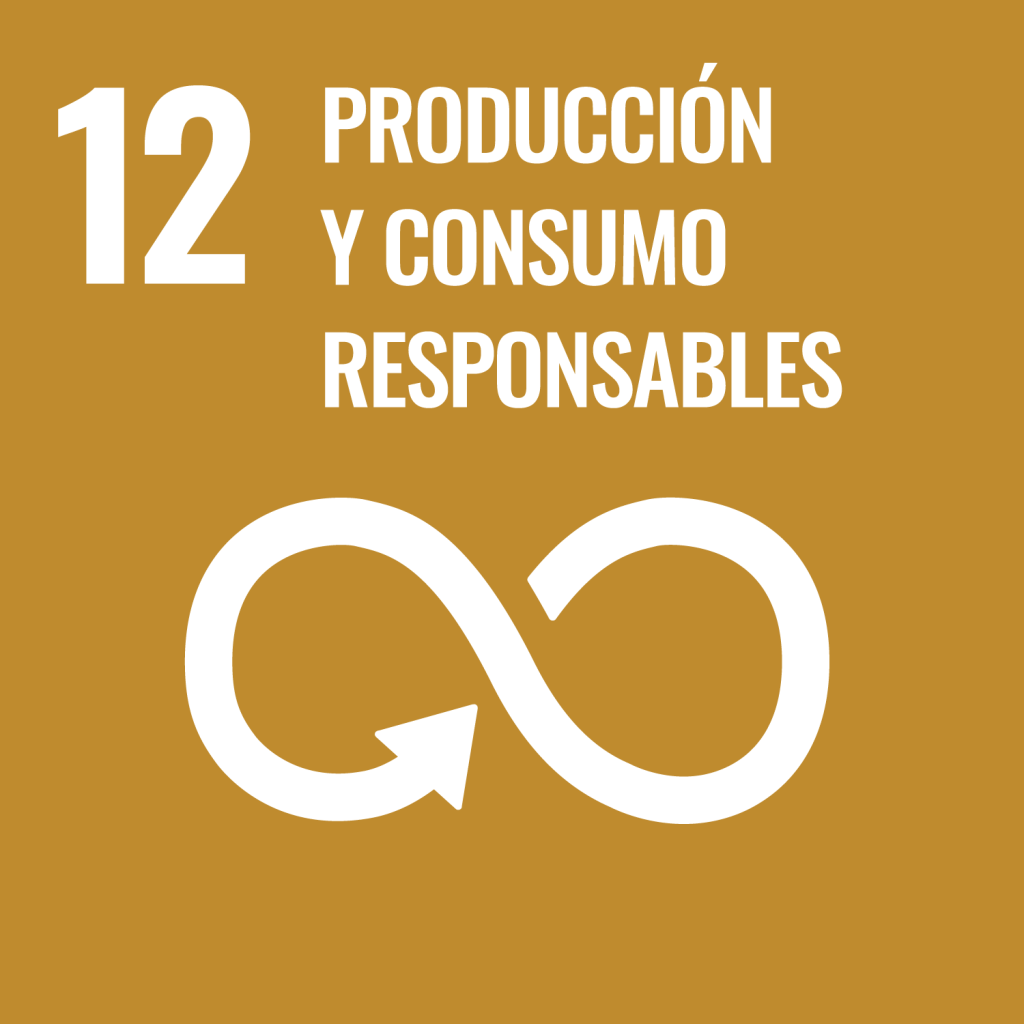


Funded by: Centre for Industrial Technological Development (CDTI)

FUNTOYS
The aim of the project is to design a new generation interactive toy line with improved features thanks to the research and development of new disruptive materials with intelligent properties. Examples of this include the latest-generation fabrics or polymers, which make the toy highly interactive. This new line of state-of-the-art toys will entertain children while contributing to their cognitive development.
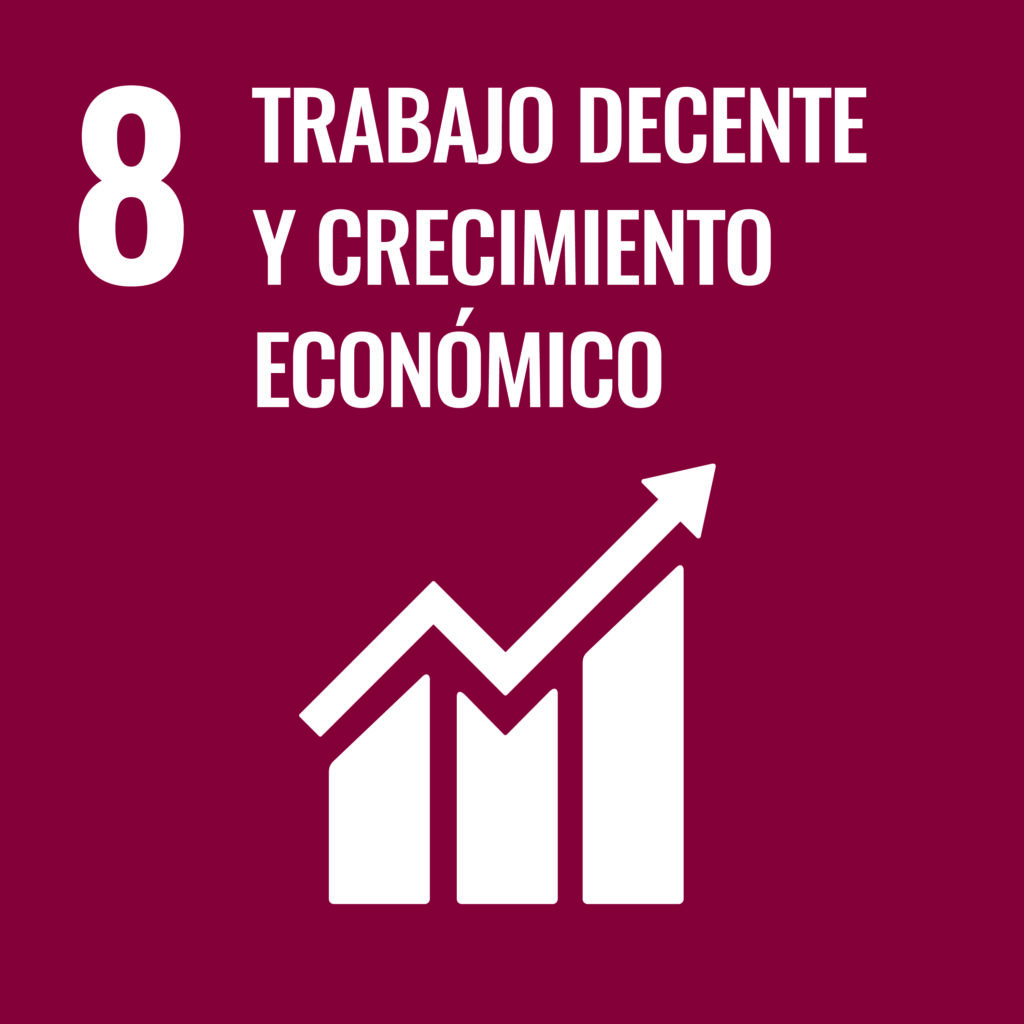



Funded by: Centre for Industrial Technological Development (CDTI) /Project exp – 00139296

REGENERA

The REGENERA project, developed by a consortium of eight companies, namely the DAM Group, ENGIE, Sorigué, Hidroquimia, Tyris AI, H2B2, AIGUASOL and Exolum, aims to develop innovative technologies to store renewable energy surplus in an efficient and cost-effective manner and use it in industrial processes for the production of green fuels like hydrogen, methane and hythane.
These can be used for heat and power generation, as precursors to other chemicals or in transportation to promote sustainable mobility. All of this using Artificial Intelligence models to optimise the use of energy resources.
These can be used to generate heat and electricity, used as precursors to other chemicals and/or used in transport to boost sustainable mobility. All this, using Artificial Intelligence models to optimise the use of energy resources. The research project, which will last for 40 months, is predicated on the expectation that energy from renewable sources will increase from 25% to 86% by 2050. “One of the main characteristics of renewable energy sources such as wind and solar is that their production is not constant, but rather fluctuates both daily and monthly.” This requires improved security of supply, not only of fossil fuels, but of the energy storage systems that are key to the development and enhancement of this sustainable energy”, explain the companies participating in the project. In this context, the integration of storage systems to balance energy generation and demand, in both the short and the long term, is essential in order to accelerate the decarbonisation of the energy system and meet the targets set by the European Commission in the Green Deal and comply with the Paris Agreement.



Funded by: Centre for Industrial Technological Development (CDTI) /Project MIG-20211040

INTES
The INTES project will investigate and develop sustainable and durable garments with multiple functionalities for technical use in industry and by state security forces. It will also promote the development of new fibres and fabrics that are more environmentally friendly both in their manufacture and at the end of their life cycle. This range will consist of technical fabrics, with viral and pathogenic
protection, as well as highly functional fabrics adapted to the needs of the state security forces and industry.
Leitat will focus on the research of new textile materials (new natural, synthetic, or bio-based fibres), finished to confer functionality (for example, water repellency, flame retardants, antimicrobials, anti-insect and insect repellents). It will also focus on the other processes involved and on providing the resources necessary to develop new sustainable and functional fabrics.





Funded by: Centre for Industrial Technological Development (CDTI) /Project exp IDI-20210526




